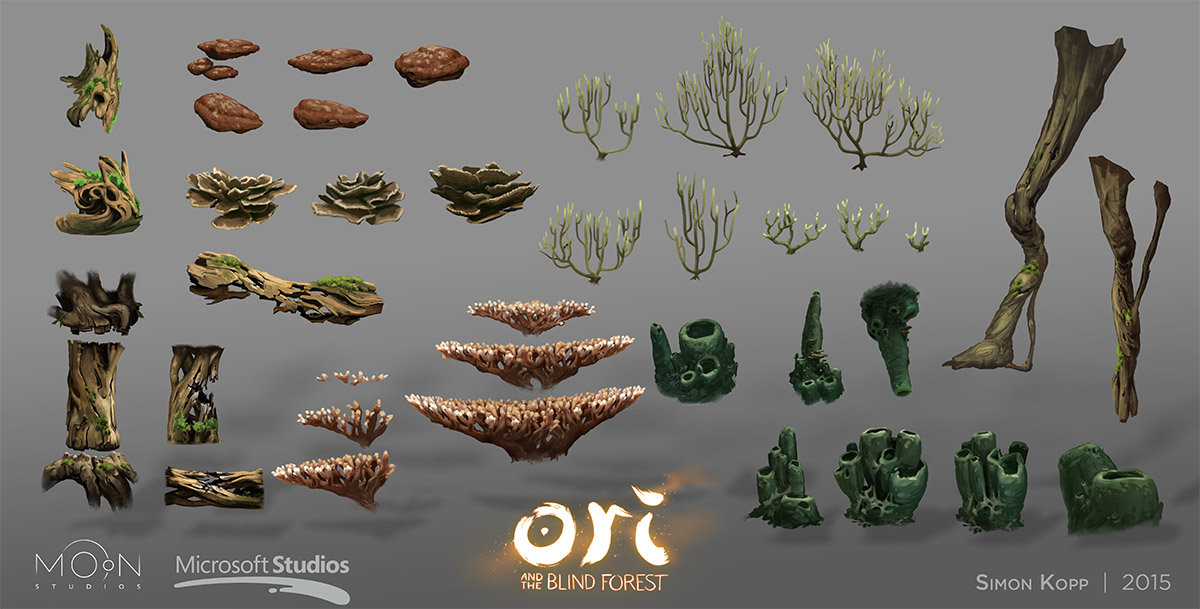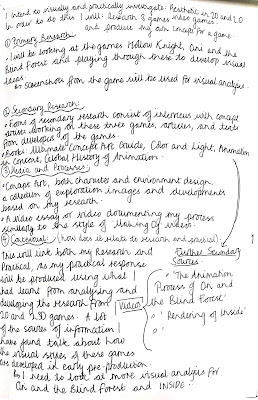Context of Practise 2
Working on Practical Feedback
- This week, I began redrafting my essay, alongside working on my new proposal from my feedback. I will still be producing a video talking about the "Making of" process, which will be written based upon my formal essay, however I will be making a "mock up" video, rather than a cinemagraph. I think this will fit the research a bit better.
- Here is the feedback I received after the first walk cycle:
- Based on my feedback, which said to create a series of further animations for Ozwald, I finished the walk cycle, produced a jump animation and will be making a simple attack animation for the video. I have also started on making the background, which was advised to be fully lined. I also need to brighten them and compose them a little better, so I'll be focusing on that.
- I also finalised my research document for COP2, which can be viewed below.
Walk Cycle
Jump and Fall
COP 2 Research Document

















































